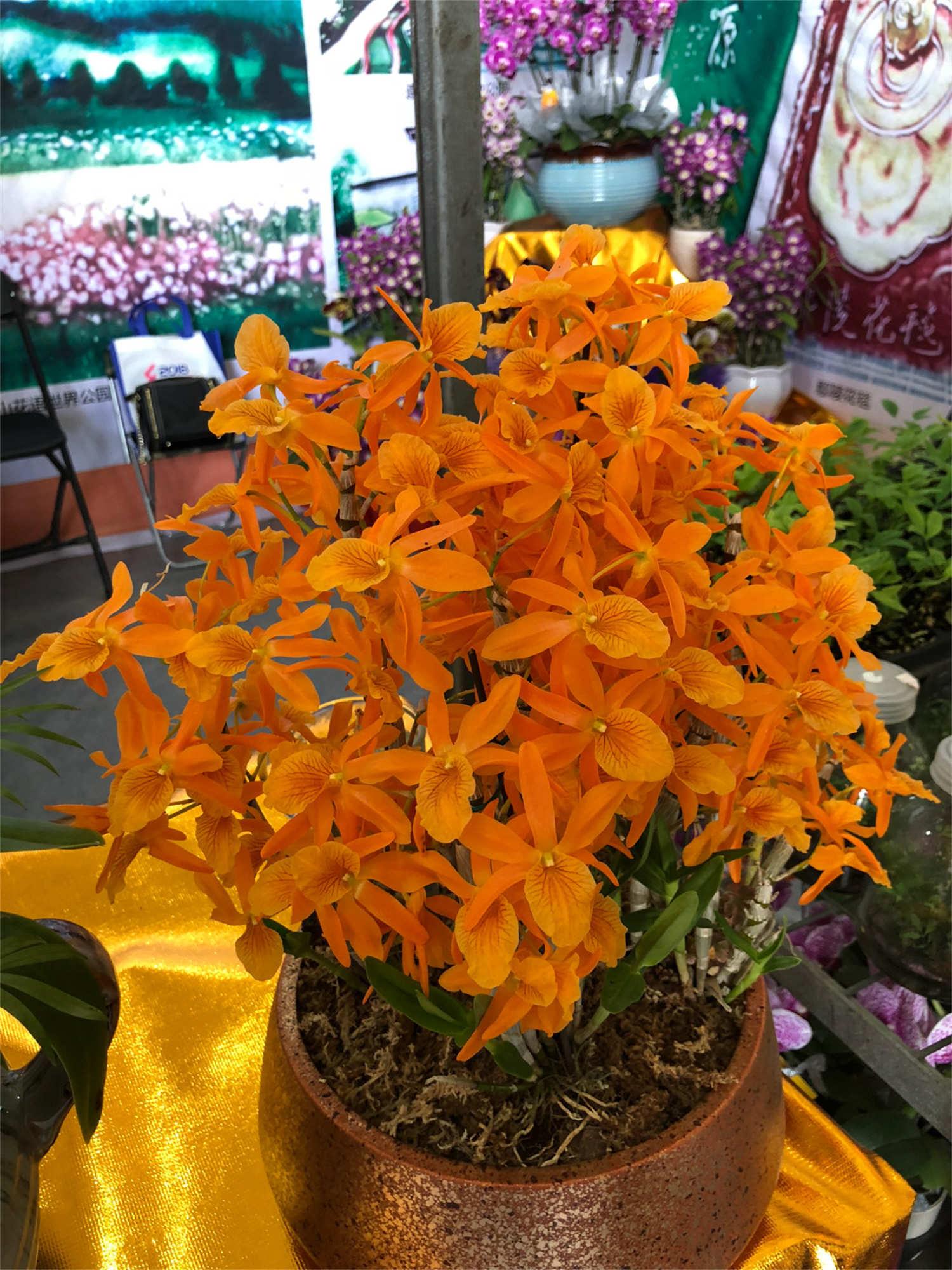Dendrobium cutting method
Last Update :2024.12.17
Article Catalog
When taking dendrobium cuttings, you must first select cuttings. Find a healthy branch that is 1-2 years old and cut it into several sections. Each section should have several buds and leaves. Use plant ash or carbendazim to sterilize, and apply rooting water at the bottom. Then cut it into coconut palm soil or sawdust, but don't insert it too deep. The cuttings and the substrate should be kept at a certain angle to ensure that the buds point upward, which is more conducive to rooting and germination. After inserting, water it thoroughly and put it in a cool and ventilated place for curing.

1. Cutting processing
1. Cutting processing
Select healthy branches that are 1-2 years old and should not be too old or too tender. Cut it into small sections, each section should have 2-3 buds and a few leaves. Then apply plant ash to both ends of the branches, or soak them in carbendazim solution. After taking it out, apply rooting powder on the bottom to speed up the rooting of the cuttings.

2. Pot soil preparation
The growing conditions of dendrobium are very harsh, but in order to ensure the survival of cuttings, loose and breathable soil must be used. Using coconut bran soil or sawdust as the substrate, or using sphagnum, vermiculite and other cuttings will also have a good survival rate.

3. Make cuttings
The treated cuttings are inserted into the substrate. Unlike many plant cuttings, dendrobium branches should be inserted diagonally, at an angle of less than 30 degrees. In addition, it should not be inserted too deep, as long as it does not fall over. After inserting, make sure the bud point is facing upward, so that it will take root more easily.

Four. Follow-up maintenance
After cutting the dendrobium, water it thoroughly and put it in a cool and ventilated place. The environment should have high humidity. In areas with dry climate, you can spray water around and cover it with a plastic bag to keep it moisturizing. Ventilation should be turned on regularly every day to avoid various diseases caused by poor ventilation.
2. Pot soil preparation
3. Carry out cuttings
4. Follow-up maintenance
- END -
Why can’t you use big pots to grow flowers?

If you use a large pot to grow flowers, too much soil in the pot will cause poor a...
How to care for the newly purchased phoenix orchids

Phoenix orchid likes a warm, humid and well-lit environment. When I first bought i...